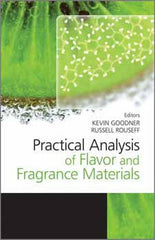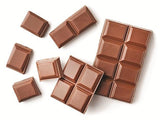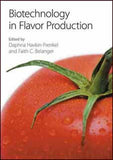Practical Analysis of Flavor and Fragrance Materials By Kevin Goodner
Practical Analysis of Flavor and Fragrance Materials
edited by Kevin Goodner
Special Indian Reprint !
Practical Analysis of Flavor and Fragrance Materials covers the most important methods in the analysis of flavor and fragrance materials, including traditional and newly emerging methodologies.
It discusses the capabilities of the various analytical methods for flavor and fragrance analysis and guides the flavor professional to the most appropriate techniques for specific analytical problems
Contents
1 Overview of Flavor and Fragrance Materials
- Flavor Aroma Chemicals
- Flavor Synthetics
- Natural Aroma Chemicals
- Fragrance Aroma Chemicals
- Materials of Natural Origin
2 Sample Preparation
- PDMS
- Static Headspace Extraction
- Dynamic Headspace Extraction
- Solid Phase Microextraction (SPME)
- Stir Bar Sorptive Extraction
- PDMS Foam and Microvial
- Solvent Extraction
3 Traditional Flavor and Fragrance Analysis of Raw Materials and Finished Products
- Physical Attribute Evaluation
- Instrumental Analysis
4 Gas Chromatography/Olfactometry (GC/O)
- Odor Assessors' Selection and Training
- Sensory Vocabulary
- GC/Olfactometers (Sniffers)
- Practical Considerations
- Types of GC-Olfactometry
- Sample Introduction
- Identification of Aroma-active Peaks
5 Multivariate Techniques
- Hierarchical Cluster Analysis (HCA)
- Principal Component Analysis (PCA)
- Classification Methods
- Principal Component Regression
- Example of Data Analysis for Classification Models
6 Electronic Nose Technology and Applications
- Human Smell and Electronic Noses
- Techniques to Analyze Odors/Flavors
- The Main Criticisms Directed at the Electronic Nose
- Market and Applications
7 MS/Nose Instrumentation as a Rapid QC Analytical Tool
- Operating Principle
- Advantages of MS over Solid State Sensors
- Using Other Sample Preparation Modes
- Techniques for Improving Reliability and Long-term Stability
- Two Instruments in One
- Application Examples
- Classification of Coffee Samples by Geographic Origin
- Classification of Whiskey Samples by Brand
- Partnering MS/Nose with GC/MS
8 Sensory Analysis
- The Purpose of Sensory Analysis
- Flavor Perception
- Sensory Analysis Techniques
- Preparation and Planning
- Panel Selection
- Conducting a Panel
- Expression of Results
9 Regulatory Issues and Flavors Analysis
- Regulatory Overview
- Specific Regulatory Issues
Index
X

















